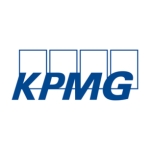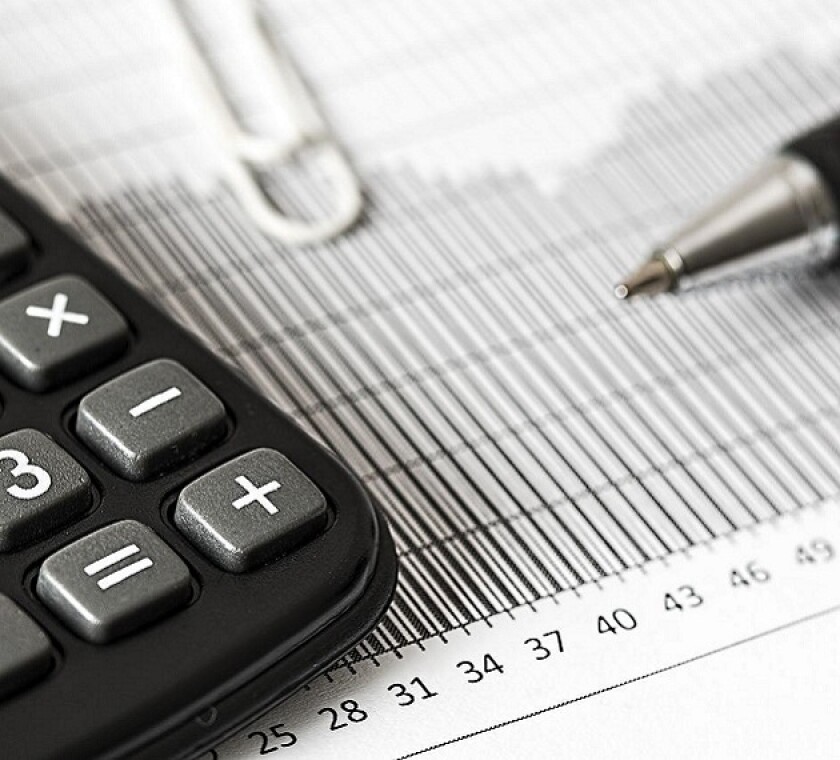Following on from the fifth session of the 13th National People’s Congress (NPC) and the Chinese People’s Political Consultative Conference (CPPCC) held in early March, the Chinese government recently introduced a string of tax relief measures.
These measures support manufacturing enterprises and lower the tax burden on small- and medium-sized enterprises (SMEs), as the latter play a crucial role in the Chinese economy. The notable tax measures are highlighted below.
Preferential CIT treatment is enhanced
The preferential corporate income tax (CIT) treatment for small enterprises with low profits is enhanced. Eligible small enterprises with profits between RMB 1 million ($158,000) and RMB 3 million can now use:
(i) A reduced CIT rate of 20% (the standard China CIT rate is 25%); in combination with
(ii) A reduction of their tax base to 25% of profits, where previously it was 50%. The new treatment is retroactively effective from January 1 2022 and is valid through to December 31 2024.
In parallel, the preferential CIT treatment for small enterprises with profits up to RMB 1 million remains unchanged. The eligible enterprises can still calculate their tax burden using a tax base calculated as 12.5% of profits, which is then subject to CIT at a rate of 20%. This is valid until the end of 2022.
Under these provisions, the collective effect is that for profits up to RMB 1 million, an effective CIT rate of 2.5% applies, and then a 5% effective rate for profits between RMB 1 million and RMB 3 million. For example, where a small enterprise earns profits of RMB 3 million, it enjoys a blended tax rate of 4.2%.
Additional CIT incentives are introduced
There are also a number of CIT incentives being introduced for SMEs, including the following:
(i) A 100% or 50% immediate tax deduction for equipment or machinery with a unit value of less than RMB 5 million ($0.78 million) purchased in 2022. Obtaining the 100% tax deduction requires that the minimum depreciation period (as stipulated in the tax law) of the equipment or machinery is three years. If the minimum depreciation period of the equipment or machinery is four, five or 10 years, then the 50% tax deduction treatment can be obtained.
(ii) An enhanced research and development (R&D) super deduction rule will be granted to scientific and technology-driven enterprises. This means that a 200% deduction (i.e., a 100% bonus deduction) will be available for eligible R&D expenses for CIT purposes.
Refund of accumulated excess input VAT credits
In the VAT space, from April 1 2022, eligible small and micro-sized enterprises may claim a full refund of their accumulated excess input VAT credits; the refund of incremental excess input VAT can be claimed on a monthly basis.
The VAT refund rules started from 2019 on a pilot basis, and the advanced manufacturing enterprises were granted to get a full refund in 2021. More recently, the Chinese government announced plans to extend it not only to small and micro-sized enterprises, but also to cover some key sectors.
These sectors include manufacturing enterprises, scientific research and technological services, enterprises engaged in the production and supply of electricity, heat, gas and water, software and information technology businesses, ecological protection and environmental management, transportation, warehouse storage, and postal services.
Exemption for 3% VAT taxpayers
Furthermore, small-scale VAT taxpayers who are normally subject to the 3% VAT collection rate, will be exempted from VAT from April 1 to December 31 2022.
Alongside these, the Chinese government will push forward with tax information-sharing between government authorities such as tax authorities and customs, and financial institutions. The government will also enhance the tax administration system and strengthen the crackdown on tax evasion.
Lewis Lu
Partner, KPMG China












